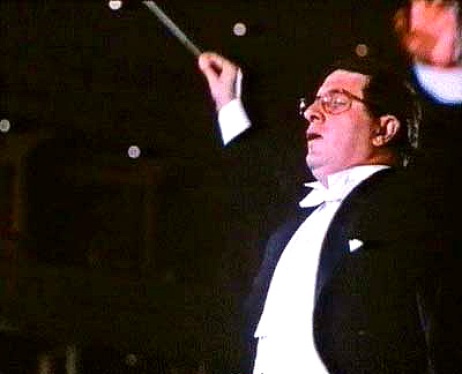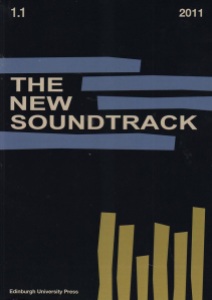
Electric mandolin and violin player and vocalist Nash The Slash (Jeff Plewman), whose name comes from the 1927 Laurel & Hardy movie Do detectives think?, is well known for his instrumental soundtrack work and reinvention of classic rock cover tunes while his image, that of a bandaged, walking, Invisible Man has made him instantly recognizable. During a performance in the late 1970’s to raise awareness of the threat from the Three Mile Island disaster, Nash walked on stage wearing bandages dipped in phosphorous paint and exclaimed: “Look, this is what happens to you!” Since that appearance, the bandages became his sartorial trademark. Although he was a guitarist for the late 1960’s Toronto band Breathless, Nash The Slash made his auspicious debut on 17 March 1975 sporting a top hat and tails (the bandages came later) at the Roxy Theatre to perform his soundtrack to Luis Buñuel’s silent film Un chien andalou (1929).


Nash The Slash would put out a half dozen releases between 1980 and 1984 as writer, producer, vocalist, and multi-instrumentalist as well as work doing engineering and production. His album Children of the night was produced by Steve Hillage and eventually became Nash’s biggest selling solo record with estimates at 100,000 copies worldwide. A fledgling engineer named Daniel Lanois later produced the single Dance after curfew from the And you thought you were normal album. Nash played violin on Gary Numan’s Dance album and was invited by Numan to tour the UK through 1980 and 1981. His long career included numerous appearances on various television shows in Canada and elsewhere, studio recordings, collaborations, and film soundtracks. In 1989, Nash The Slash landed a movie soundtrack deal with Toronto’s Sinister Cinema which hired him to add soundtrack scores to old silent films such as Lon Chaney’s 1925 Phantom of the opera and the 1919 German The cabinet of Dr. Caligari specifically for home video release. Nash The Slash would later perform the works live at special screenings in Toronto’s Danforth Music Hall.
Read the full entry on Nash The Slash in The Canadian pop music encyclopedia (2020). Find it in RILM Music Encyclopedias.
Below is the video for Nash The Slash’s 1982 classic Dance after curfew and his cover of The Rolling Stones’ 19th nervous breakdown.




